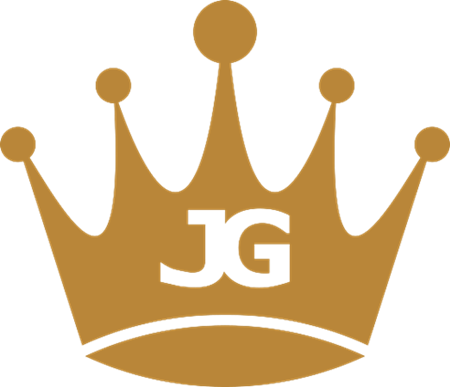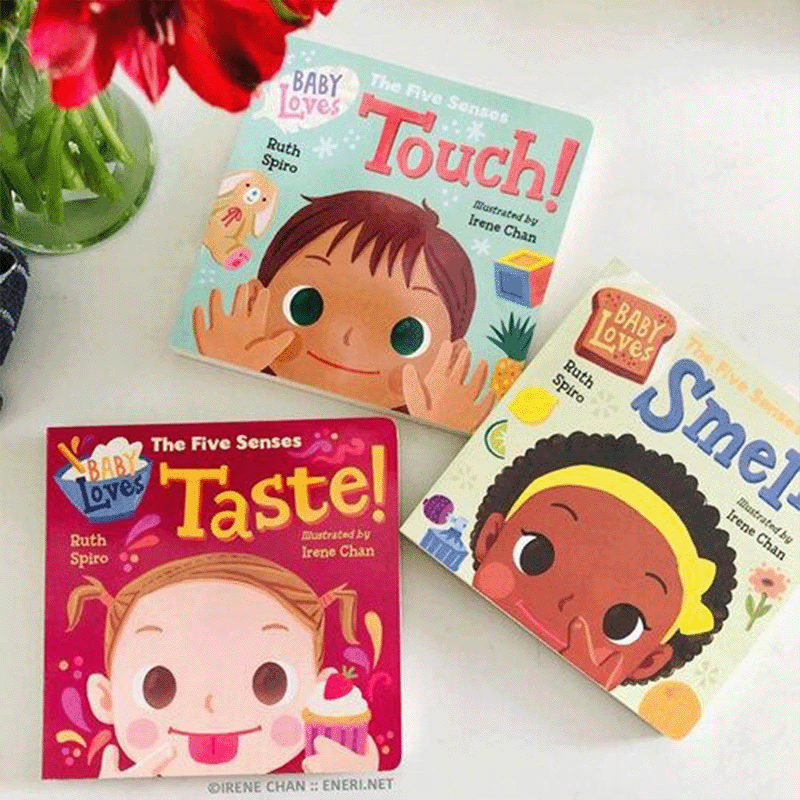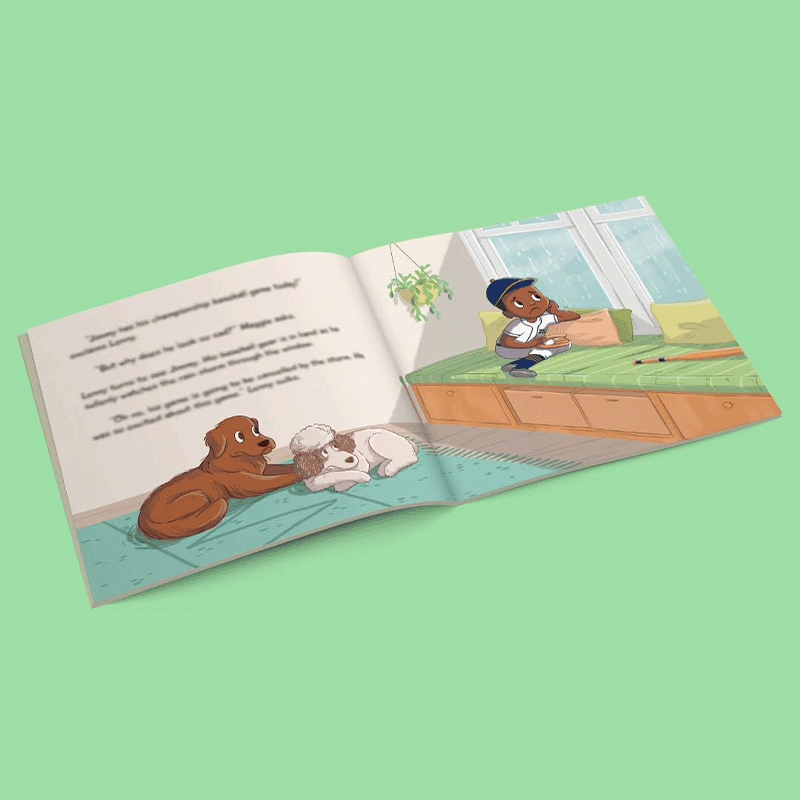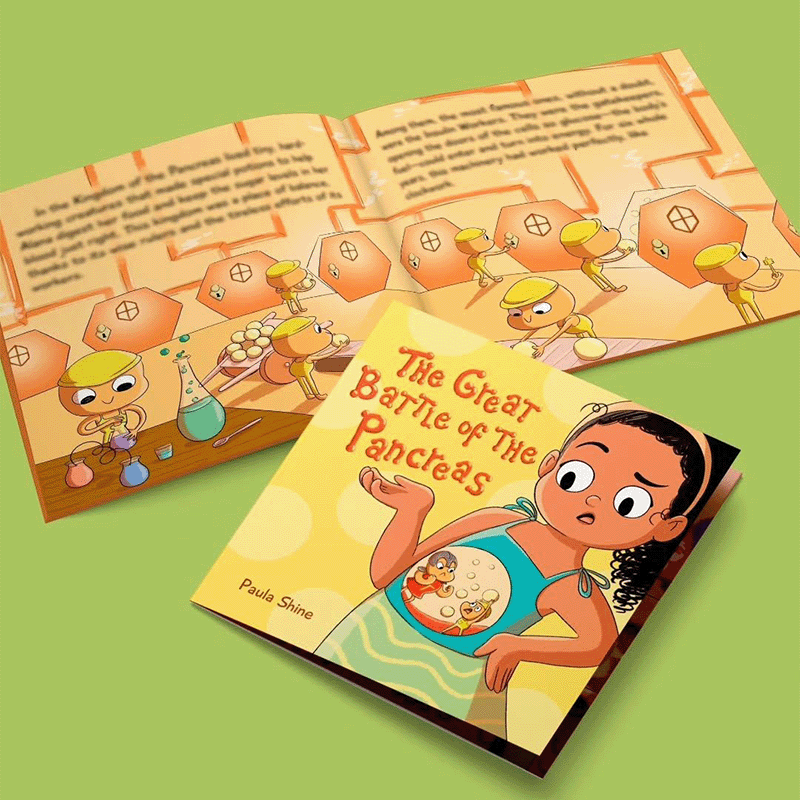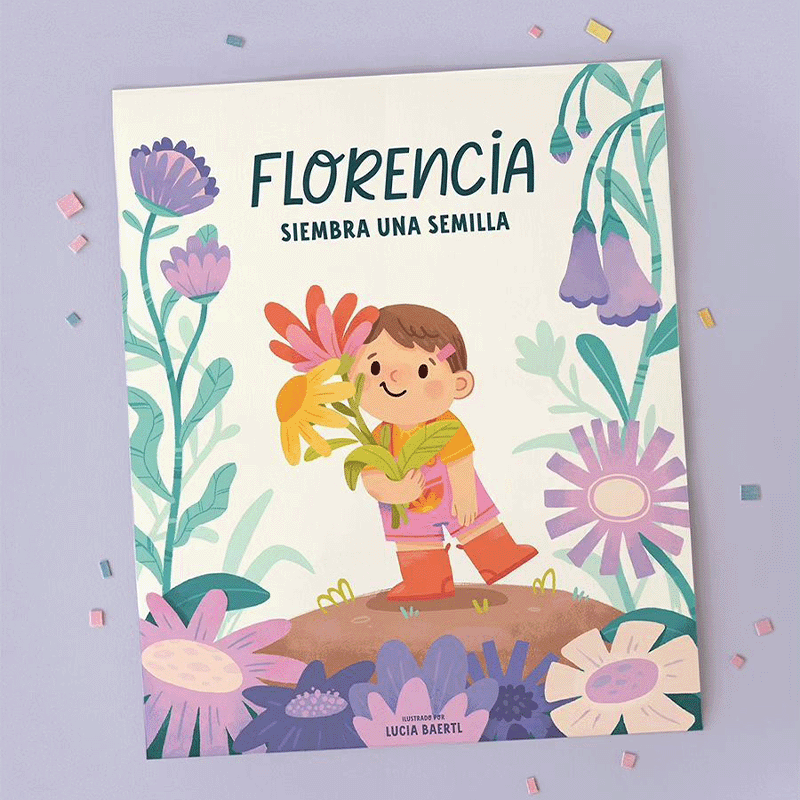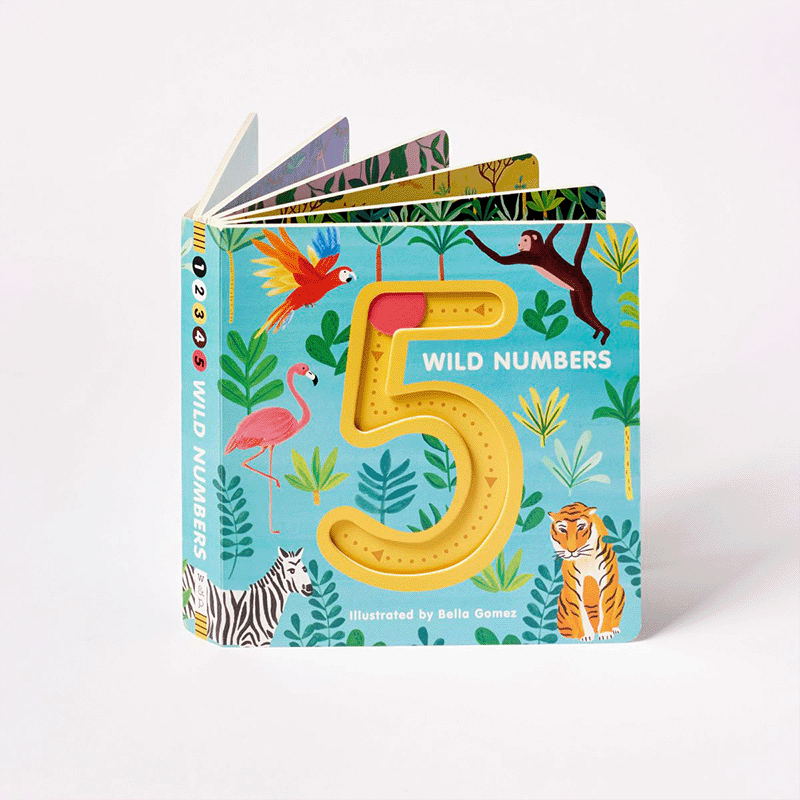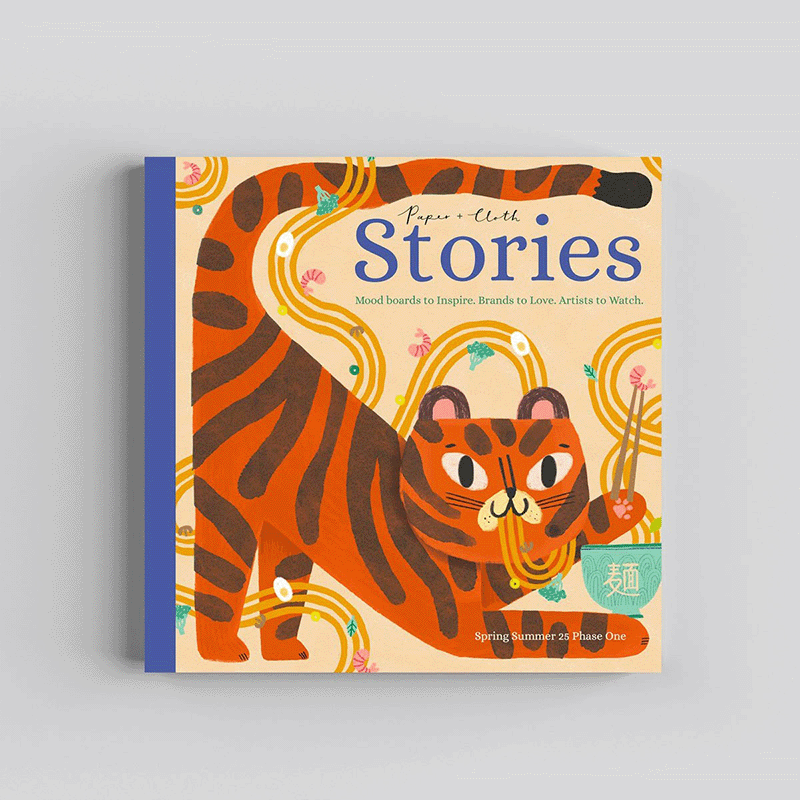The children's book market continues to evolve rapidly. In 2025 publishers, authors and brands are not only focused on great storytelling and illustration — they're paying equal attention to materials, safety, interactivity, and packaging. For anyone planning to print children's books — from board books for toddlers to interactive picture books and pop-up editions — understanding these trends matters for quality, sales, and brand trust.
Below are the top five trends shaping children book printing in 2025, with practical notes on implementation and why suppliers like Jinguan matter when you bring a project to production.
1. Eco-materials and non-toxic inks: sustainability is a buyer decision
Sustainability is no longer optional. Parents, educators, and retail buyers are increasingly seeking eco-friendly children's book printing, which includes recycled or FSC-certified paper stock, chlorine-free processing, vegetable- or soy-based inks, and low-VOC finishes. These materials reduce chemical migration risks and support brand sustainability claims — important for educational customers and green retailers.
Practical tip: choose recycled paper for children's books or FSC certified stocks for picture books and consider soy-based inks for bright, safe color. Work with your printer to get certificates (FSC, PCF) and sample test reports; these documents help retailers and institutional buyers (schools, libraries) feel comfortable stocking your title.
2. Interactive formats — bridging print and digital
Interactive features in printed children's books are exploding beyond the classic lift-the-flap: QR codes that link to read-aloud audio or animated content, AR (augmented reality) tie-ins, pull tabs, and tactile textures increase engagement and extend the storytelling experience. Adding a well-placed QR code can turn a static page into a multi-sensory lesson or companion video, making a book more appealing to parents and teachers.
Practical tip: when planning interactive children's books, keep QR codes and AR markers in the artwork safe area and test printed codes at actual size. Discuss with the printer about varnishes or coatings that won't obscure scannability.
3. Durable formats for different age groups: board books, laminate choices, and safety
Very young readers need robust books. Board book printing remains a top choice for infants and toddlers because of heavy-weight, chew-resistant pages, rounded corners and safe adhesives. For preschool and early years, consider durable binding and child-safe UV varnish instead of plastic lamination (which can peel). Safety standards and child-safe finishes are crucial selling points for schools and toy retailers.
Practical tip: specify rounded corners, child-safe adhesive, and test for peel resistance. If producing hardcover picture books for older kids, a rigid case with a protective varnish (not peelable film) balances durability and safety.
4. Design for short runs and print-on-demand: economics meet creative freedom
Authors and small publishers increasingly need flexible print options. Short-run children book printing and digital print runs allow low minimum orders, faster turnarounds, and feasible proofs of concept for series or educational pilots. This is valuable for custom picture books, classroom sets, and localized language editions where large offset runs would be risky. Many printers offer hybrid approaches — digital for small runs, offset for larger quantities — which helps control unit cost while preserving print quality.
Practical tip: validate color profiles with ICC proofs, and order a physical proof before finalizing a run. If you expect repeated small batches, negotiate plate-making or color settings with your supplier to reduce per-run setup costs.
5. Packaging, merchandising and giftability: the shelf first impression
Presentation matters. Premium book packaging for children's books — such as slipcases, custom gift boxes, or bundled activity sets — significantly improves shelf appeal and perceived value. For branded educational kits, pairing books with flash cards or activity sheets in a custom packaging box can increase both wholesale and direct-to-consumer sales. Eco-friendly packaging (recyclable boxes, minimal plastic) also supports the sustainability story.
Practical tip: design packaging with shelf dimensions and retail barcode placement in mind. Consider bundled SKUs for seasonal gifting opportunities (holiday gift sets, teacher appreciation bundles).
How to evaluate a printing partner for children' s books
Selecting a printer is a practical as well as creative decision. Look for these capabilities:
- Proven experience with board book printing, pop-up book printing, and hardcover picture books.
- Ability to supply eco-material certificates (FSC, recycled content) and use soy-based or vegetable-based inks.
- Expertise with interactive elements (QR code printing, die-cutting, paper engineering for pop-ups).
- Flexible minimum order quantities and transparent pricing for short runs, proofs, and production samples.
- Knowledge of child-safety standards and recommended finishes for board books and toddler titles.
Why partner with Jinguan for Children's Book Printing?
For authors, educational publishers and brands looking to produce safe, beautiful children's books, partnering with a supplier who understands both creative design and production realities is critical. Jinguan brings over 21 years of OEM and custom printing experience and specializes in paper product lines including hardcover and softcover book printing, board book printing, custom packaging boxes, and gift packaging.
What Jinguan offers specifically for children's books:
- Sourcing of eco-friendly paper and consultation on soy-based inks and child-safe adhesives.
- Production experience with board books, pop-up books, hardcover picture books, and bundled packaging.
- Assistance with proofs, color matching, and small-batch runs for pilots or educational pilots.
- OEM services for scaling to larger print runs once a title proves successful.
We recommend authors and publishers request material samples, safety statements, and full production proofs from Jinguan before committing to a larger run — this is standard practice to ensure quality and safety.
Quick checklist for authors and publishers
- Choose the right format: board book for 0–3, hardcover for 4+, softcover for older children.
- Request eco certificates (FSC, recycled content) and specify non-toxic inks.
- Test QR codes and interactive features at final size and with chosen varnish/coating.
- Order a single physical proof to confirm color, binding and finish.
- Plan packaging: consider custom gift boxes or bundled SKUs for retail or gifting.
Conclusion
2025 is a year where quality, safety and engagement converge in children's book production. Eco-materials, interactivity, durable formats, short-run economics, and thoughtful packaging are not just ''nice to have'' — they directly influence purchase decisions by parents, schools and retailers. If you're preparing to print a children's book — whether a small board book, an interactive picture book, or a pop-up collector's edition — working with an experienced partner that can deliver eco-materials, child-safe finishes and flexible production (like Jinguan) will help ensure your title is safe, beautiful, and commercially viable.
